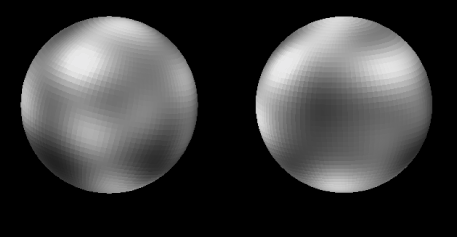“Hello, Aliens? Are You Out There?”
Friday, February 13th, 2015Feb. 13, 2015
It is time to begin trying to contact aliens, according to a group of scientists from the SETI Institute in California. The term SETI refers to the Search for Extraterrestrial Intelligence—that is, intelligent life beyond Earth. SETI scientists recommended that Earth begin sending signals to planets outside our solar system to alert any intelligent civilizations to our presence. They made the recommendation this week at a meeting of the American Association for the Advancement of Science (AAAS) in San Jose, California.
The proposal, however, worries many scientists. Some are unsure what the message from Earth should be. Others argue that humans should avoid alerting aliens to our presence for fear of attracting visitors or even an alien invasion. This latter group includes the British theoretical physicist Stephen Hawking. “If aliens visit us, the outcome would be much as when Columbus landed in America, which didn’t turn out well for the Native Americans,” Hawking worries. But many scientists think the chances of attracting unwanted attention with such signals are remote.
For decades, the SETI Institute has used large radio telescopes and smaller optical (visible light) telescopes to search the sky for signals transmitted by extraterrestrial technology. However, SETI has yet to detect any evidence of alien civilizations. SETI researchers are now proposing that instead of just listening, we should start broadcasting our own signals toward exoplanets (planets outside our solar system). In recent years, scientists have discovered many such planets, including some in the so-called “habitable zone” of a nearby star. In this zone, temperatures allow for the existence of liquid water, which many scientists think is essential for life.
Other World Book articles:







